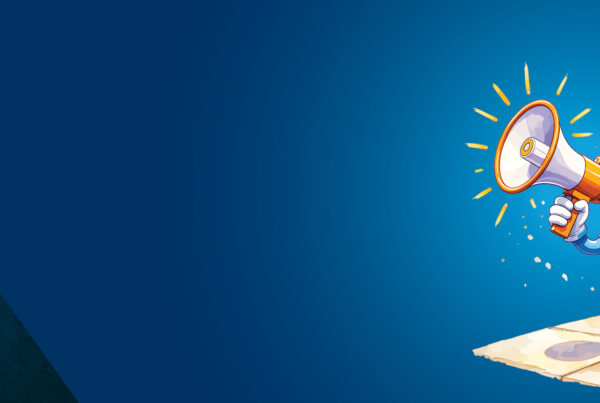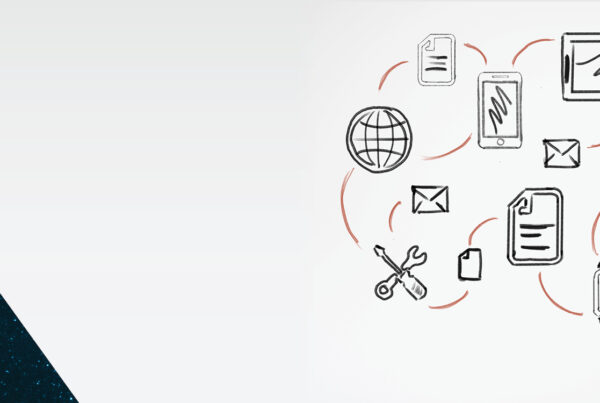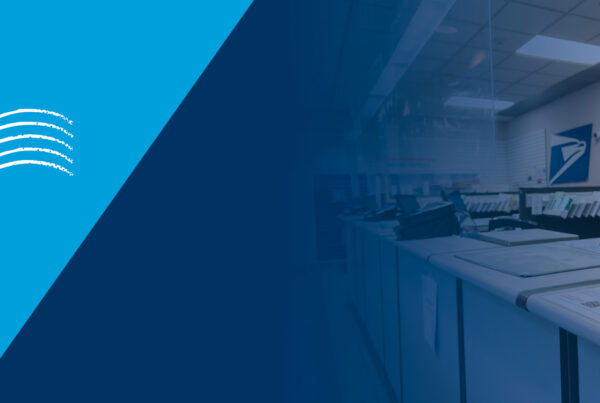It’s a common question in today’s digital age: Does traditional mail still have a place in customer communications? The USPS Household Diary, which has been operating continuously since 1987, offers some insights. This survey provides a wealth of information into how households use the mail as well as how that use is evolving over time.
In 2024, U.S. households received 87.4 billion pieces of mail and sent 4.6 billion pieces. Not surprisingly, their relationship with traditional mail and digital alternatives continues to evolve. The ongoing shift from mail to digital billing and payments accelerated in 2024, driven by factors such as increased mobile and app-based engagement as well as company incentives for switching to paperless. Mailed bill payments have fallen 76 percent since 2014. In 2014, 33 percent of household bills were paid by mail, and by 2024, that number dropped to 13 percent. Over the same period, electronic bill payment rose from 62 percent to 85 percent.
However, despite these trends, more than half of bills and statements are still delivered by mail, especially for older or multi-person households. Here are some reasons respondents cited for why they prefer mailed bills and statements.
| Reason | Percentage of Households |
| Haven’t set up online billing | 42 |
| Record keeping | 42 |
| Company only sends via mail | 27 |
| “This is how I’ve always done it” | 27 |
| Convenience | 19 |
| Security/privacy | 18 |
Another important insight from the Diary is that mail is still widely used for bill presentation. Although fewer bills are being paid by mail, many households still opt to receive paper bills. In 2024, households received 63.8 bills and 21.1 statements by mail per household/year, accounting for 38 percent of all First-Class Mail received.
Winning Strategies for Transactional Communications
Mail’s role is narrowing—but for many consumers, not disappearing. Paper transactional communications remain valuable even in a world dominated by digital interactions.
One important way businesses can adapt is to infuse omnichannel communications into their customer communication strategies. Continue to offer customers mailed statements, and to appeal to customers who prefer to pay bills electronically, include a digital method such as a QR code or payment website to simplify the process. Be sure to let customers update their communication preferences, and adhere to their wishes.
Additionally, businesses should consider the branding potential of paper bills. Unlike email, which is typically intended for and viewed by only one recipient, paper mail goes through many hands. Viewers can include the post office workers who sort and deliver it, the recipient and other household members. This creates an important branding opportunity that should be capitalized on.
Matrix has been experts in transactional mail for decades, and we can help you create functional, high-performing paper bills. Our experienced team can customize designs, add attractive graphics, utilize creative envelopes and even include personalized messaging and inserts to optimize response rates.
We know how important it is to cater to customer preferences. We improve your customers’ billing experience by providing them with flexible, convenient bill presentment and payment options while giving your company the resources to enable this service. Customers can choose to receive their bills by mail, email or mobile payment options. They can also retrieve and view bills, make one-time or recurring payments, pay by text and see real-time account activity.
Mail remains a valuable way to communicate with customers, even as digital options increase in popularity. We can help you get the best of both worlds with proven print and digital strategies. Contact us today to get started.




